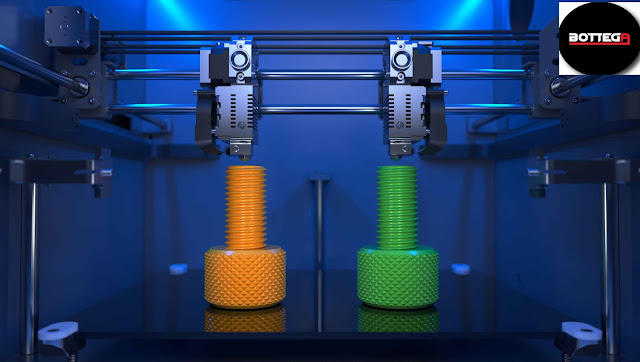Tips To Improve Precision And Accuracy In CNC Milling
CNC machining milling is a cutting process in which a machine tool is used to remove material from a workpiece. It can be done with either manual or robotic machines. The majority of the workpieces that are produced through CNC milling are made out of metal, but it can also be done on wood and plastic.
A CNC milling machine uses special tools to cut through layers of metal or other materials. This article will discuss how you can improve the precision and accuracy in your manufacturing operations by using quality tools, upgrading your machine tool promptly and understanding the properties of different materials.
Use of Quality Tools
In order to improve precision and accuracy in CNC Machining Milling, it is important to use quality tools. The quality of your tooling will determine how well your parts are machined. You should only use high-quality tooling that has been designed specifically for CNC milling applications.
This will ensure that the tools are strong enough to withstand the rigors of workpiece removal while also providing maximum control over material removal rates (ERT).
Upgrade the Machine Tool Promptly
Upgrading your machine tool with the latest technology will ensure that you have access to the best possible precision and accuracy in CNC milling.
This includes upgrading to a more accurate tool, such as a ball nose cutter instead of a standard square end mill. It also means using higher speed spindles on your CNC machines, which will allow them to cut faster without sacrificing quality or precision.
Understand the Material Properties
The first step to improving precision and accuracy in CNC milling is understanding the material properties of the materials you're working with.
For example, if you're cutting aluminium, you'll want to know how much spring back there will be after the tool has passed through it (this can vary depending on your cutting parameters).
If you're using high-speed steel tools, then knowing how much heat they generate will help determine how quickly they lose their sharpness and need resharpening.
Knowing these things will allow you to make better decisions about which Tools and settings are appropriate for each job--and also give insight into why something went wrong if something does go wrong!
Watch an Eye on Tool Wear
As you're working, it's important to check the tool regularly for wear. If you find that it has become dull or nicked, then it's time to replace that tool with a new one.
If there is no visible wear on your tools but the finish is poor, then chances are good that you need to adjust your feed rate and depth of cut settings so they are more appropriate for this particular material type and thickness.
Conclusion
CNC machining milling is a very precise process, but it can be improved even further with the right tools and knowledge.
If you want to improve the precision and accuracy of your CNC machines, consider upgrading them with high-quality tooling, using better materials and knowing when it's time for an upgrade or repair.


.jpg)
.webp)
Comments
Post a Comment